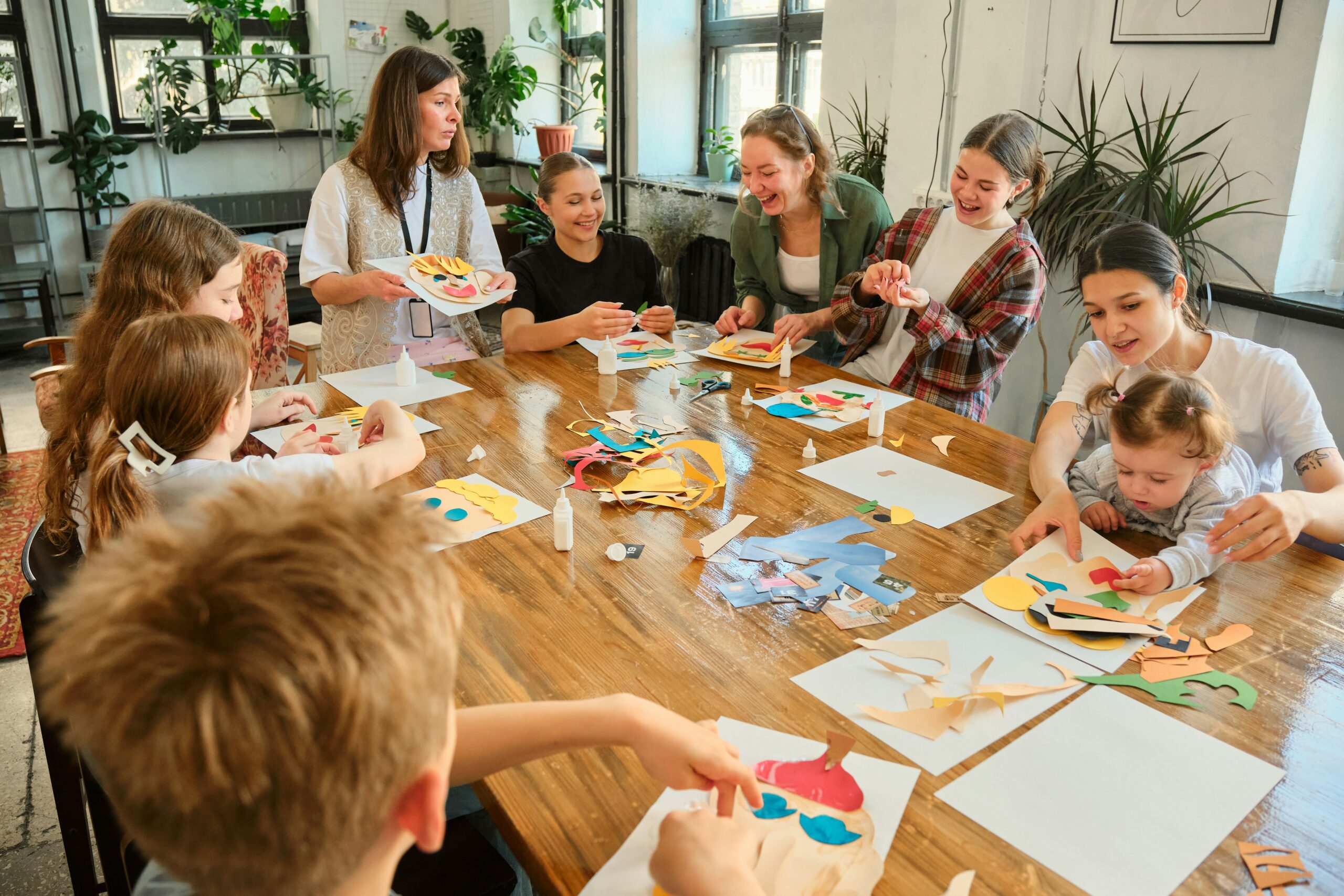
Education stands at the crossroads of innovation and tradition in today’s rapidly evolving world. The role of effective educational leadership has never been more complex or demanding. Education leaders are no longer just administrators or decision-makers; they are visionaries who must guide schools through constant change while ensuring learning remains engaging, meaningful, and forward-looking. At the center of this challenge lies creativity—the ability to think beyond conventional boundaries and find solutions that inspire growth. Creativity in effective educational leadership is not about artistic expression alone but about fostering imagination, adaptability, and innovation to create environments where teachers and students can thrive.
Reimagining Leadership Through Creative Thinking
Effective Educational Leadership is traditionally associated with organization, structure, and management. However, creativity redefines leadership by shifting focus from control to inspiration. Creative leaders envision possibilities that others may overlook. They approach challenges as opportunities to innovate rather than obstacles to overcome. When faced with limited resources, shifting policies, or changing student needs, creative leaders find fresh ways to adapt rather than simply following established procedures.
This reimagined form of effective educational leadership empowers school communities to think more broadly. Instead of enforcing rigid rules, creative leaders encourage collaboration and experimentation. For example, when addressing student engagement issues, a creative principal might launch a project-based learning initiative that allows students to explore real-world problems. Similarly, when faced with teacher burnout, they might introduce flexible professional development that lets educators pursue their interests while aligning with school goals.
By embracing creativity, leaders model the thinking they wish to see in their schools. They move away from “what has always been done” and “what could be possible.” This mindset enhances decision-making and builds a culture of curiosity and innovation, which lies at the heart of effective educational leadership.
Building a Culture of Innovation in Schools
A creative leader understands that true transformation begins with culture. Schools thrive when innovation is not confined to a single program or initiative but becomes part of everyday practice. Establishing such a culture requires trust, openness, and a willingness to experiment. Leaders must create spaces where teachers and students feel safe sharing ideas, even if unconventional or uncertain.
Encouraging creativity begins with valuing diverse perspectives. Every school community member—teachers, students, staff, and parents—brings unique experiences and insights. Effective Educational Leadership taps into these varied viewpoints to inspire collaboration. Through open forums, brainstorming sessions, or shared leadership opportunities, creative leaders ensure everyone has a voice in shaping the school’s direction.
Technology also plays a key role in fostering innovation. Creative leaders embrace digital tools not just as teaching aids but as gateways to exploration. They encourage teachers to integrate multimedia, virtual learning spaces, and global collaborations that broaden students’ perspectives. Using technology creatively connects classrooms to the world and transforms education into a dynamic and interactive experience.
Empowering Teachers as Creative Partners
Effective Educational Leadership is not about top-down control but shared ownership. Creative leaders view teachers not as subordinates but as partners in shaping educational experiences. They recognize that teachers are the architects of daily learning, and their creativity directly impacts student engagement and achievement.
To empower teachers, leaders must cultivate professional environments that nurture creativity. This includes providing time for reflection, collaboration, and experimentation. Teachers who feel supported and trusted are more likely to try new teaching methods, design innovative lessons, and take thoughtful risks. When educators are free to explore, their creativity becomes contagious, inspiring students to think more imaginatively.
Furthermore, acknowledging and celebrating creative efforts reinforces a positive culture. Whether showcasing a teacher’s unique classroom project or recognizing a team’s innovative approach to problem-solving, these acts of appreciation motivate others to embrace creativity as part of their professional identity.
Encouraging Student Creativity and Ownership
At the heart of effective educational leadership is the belief that students should actively participate in their learning journey. When students are given creative opportunities, they become more engaged, confident, and self-directed. Effective leaders ensure that the school environment encourages curiosity and experimentation at every level.
Moreover, leaders who practice effective educational leadership understand the importance of flexibility in curriculum and assessment. Allowing students to demonstrate knowledge in multiple ways—through art, writing, technology, or performance—honors diverse talents and learning styles. This inclusive approach ensures that creativity is not limited to specific subjects but becomes integral to all disciplines.
Leaders can also empower students through voice and choice. Students feel respected and valued when they have input into school decisions or classroom activities. Whether through student councils, project planning, or community initiatives, these opportunities cultivate leadership skills and reinforce the importance of creative contribution.
Navigating Challenges with a Creative Mindset
When challenges arise, effective educational leadership engages communities in problem-solving. Leaders seek diverse perspectives, encourage dialogue, and invite collaboration across departments or districts. This openness often leads to solutions that are both practical and inventive. For instance, a creative leader might form partnerships with local organizations to provide resources or create shared learning opportunities during financial strain.
Adaptability is another hallmark of effective educational leadership. The ability to pivot strategies while maintaining a clear vision helps schools remain resilient in a changing educational landscape. Leaders who think creatively can balance structure with flexibility, ensuring that progress continues even when conditions shift.
The role of creativity in effective educational leadership cannot be overstated. Creativity bridges vision and action, enabling leaders to inspire change, foster innovation, and build thriving school communities. It empowers teachers, engages students, and reshapes education into a living, evolving process rather than a static system.